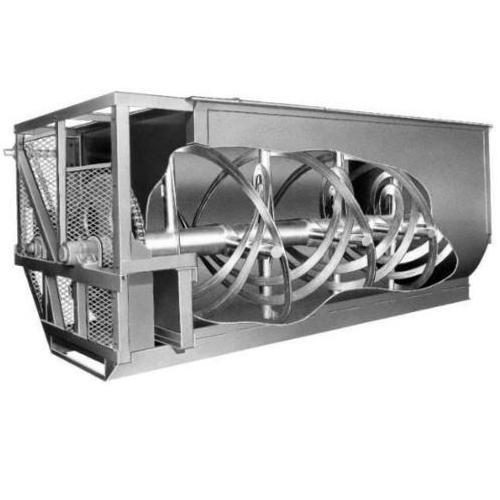While there are a variety of particle size reduction technologies in use in the pharmaceutical sector. Either jet milling or multi milling from our perspective as a pharmaceutical manufacturer. However, before we go into milling and mechanical reduction, it’s worth noting that in-process crystallisation is one of the most effective approaches to produce a specific particle size distribution. Crystallization has the potential to extend the shelf life and stability of a product and should be assessed utilising a variety of particle size distribution methodologies and PAT tools.
Determining Which Type of API Particle Reduction Milling Technology to Use: Jet Milling vs. Multi Milling
The qualities of the API, the target particle size, API batch sizes, and – to some extent – production infrastructure and processing cost all influence which of these two particle reduction milling processes is used.
The following are some of the advantages and disadvantages of these two particle reduction methods:
Jet milling
Fluid energy mills, also known as jet mills are excellent at reducing particle sizes. Losses will be minimal for size reduction up to fewer than 10 microns – typically 2-3% at bulk scales. Aside from size, jet milling has another advantage: it improves bioavailability for APIs with solubility issues.
However, one disadvantage of jet milling is static. Jet mill products frequently have high static charges and tend to agglomerate. This can result in poor flow properties and problems with blend uniformity. Potential dust explosion concerns can develop at greater commercial scales (particularly with APIs with low Minimum Ignition Energy). As a result, nitrogen can be utilised as a fluid in conjunction with oxygen sensors and other processes to protect individuals and infrastructure from threats.
Multi Milling
To achieve particle reduction, a multi mill employs variable-speed beaters with various-shaped edges and screens.
Multi mills are a common choice for de-lumping operations, granulation, or obtaining a coarser PSD of particles since they use several screen mesh sizes. Wet or dry granulation is possible. Shear-sensitive products cannot be handled, which is one of the downsides. However, because of its low operating costs and small footprint, it is both effective and efficient.
How Each Mill Type Is Typically Used in API Production
We’ve observed that jet milling with air and nitrogen provides a D90 of fewer than 5 microns, which is ideal for de-lumping treatments. Jet milling gives the best accuracy and a tight particle size distribution, whereas multi milling is the most cost-effective.
Which Reduction Technique Should You Use in Manufacturing?
As previously stated, the technique used whether jet milling, multi milling, or in-process crystallisation may affect chemical properties or stability issues. During the API development phase, it is critical to generate impurity profile data and monitor for real-time or accelerated stability data conditions.
To avoid an impact on chemical properties or polymorphism, an alternate methodology or milling fluid may be chosen in some cases, or packaging conditions may be modified.
Multi milling and fluid energy jet mills are two common techniques used in the development and manufacturing of pharmaceutical APIs. Whatever method you use to control the particle sizes of a drug intermediate, collecting data to assess the impact of each method on the API is critical.



